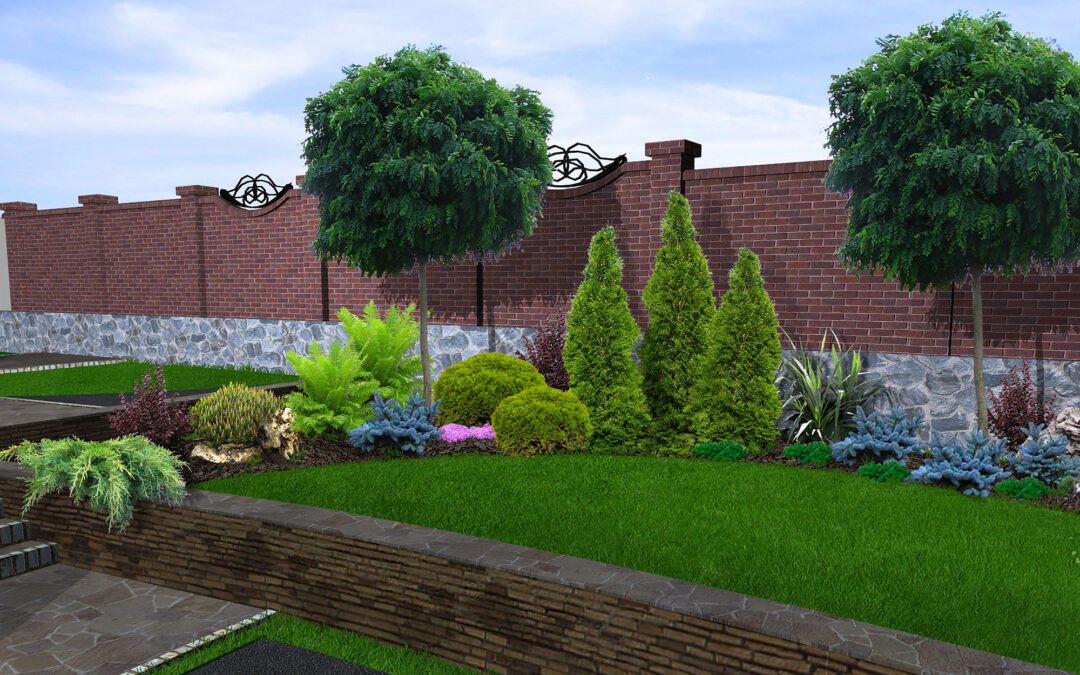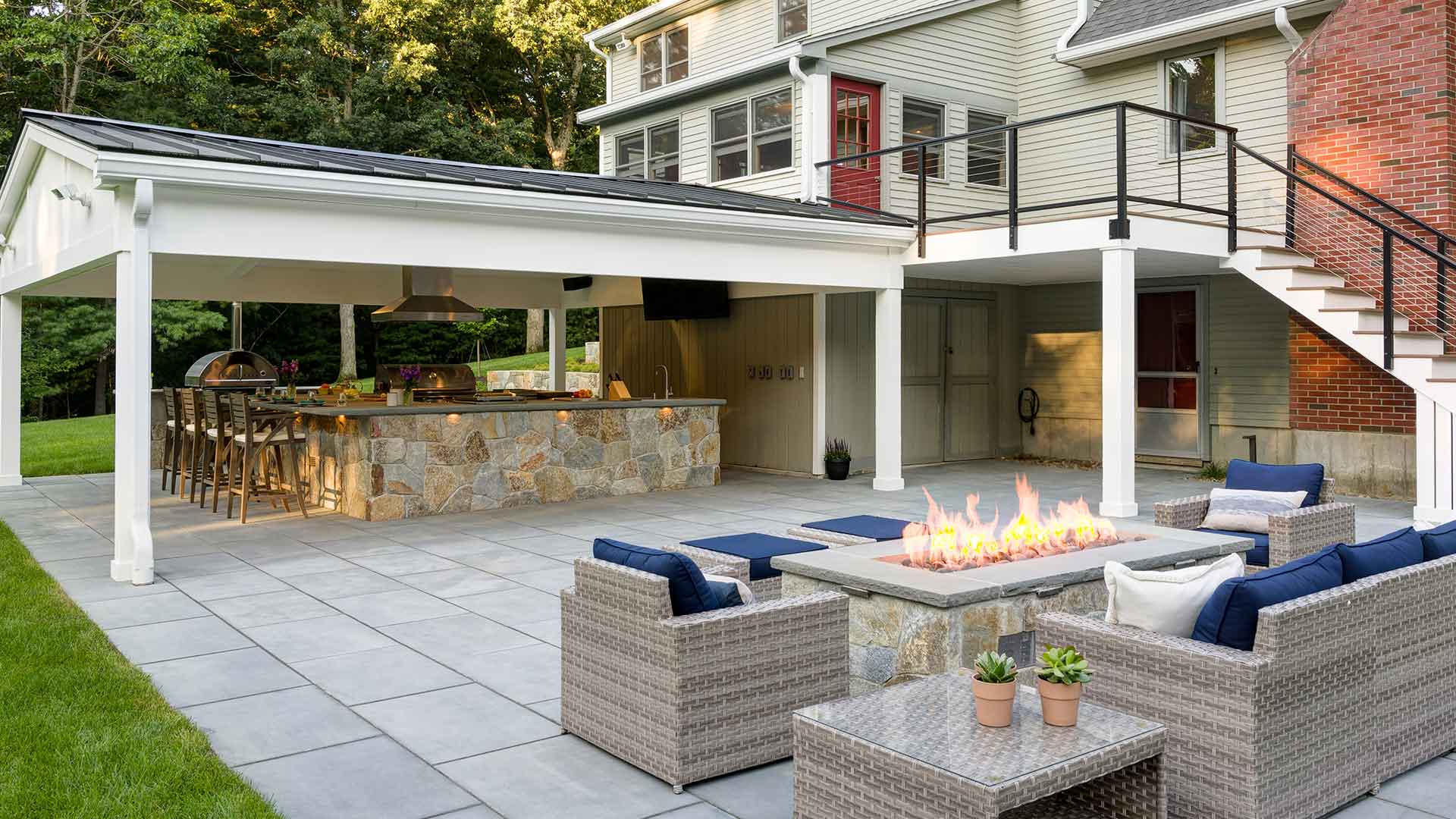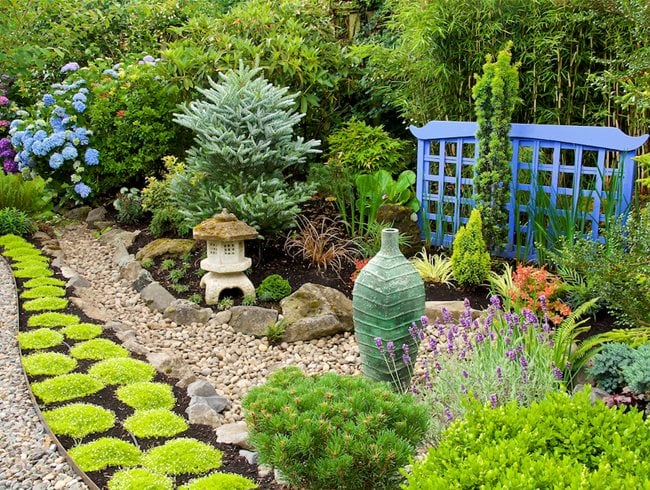Landscapers - The Facts
Landscapers - The Facts
Blog Article
The Main Principles Of Landscapers
Table of ContentsLandscapers - QuestionsLandscapers for BeginnersLandscapers Things To Know Before You BuyA Biased View of LandscapersLandscapers Things To Know Before You Get This
- A tree or shrub (hedge) that sheds its leaves in winter season. In the PNW there are semi-deciduous or semi-evergreen plants that might shed their leaves depending on exactly how cold the wintertime is. Abelia and some hebe are good instances. Landscapers. - A level gathering area, made of timber or composite material (made to look like timber), generally surrounding or affixed to a framework.

This is a natural procedure, and the result can be made use of for paths and patios. - Key landscape features being suggested in a landscape layout strategy.
What Does Landscapers Do?
These goals assist the layout procedure, not the designer's style or preferences. Common design purposes in Portland are low maintenance, drought tolerant, and animal pleasant. - Process for eliminating or thinning the dead lower degree of a fully grown grass. Thatch is turf that has actually passed away and collected below the environment-friendly blades.
Nevertheless, in time this layer can get really thick and make it hard for water, sunlight, and nutrients to reach parts of the grass.- The process of collecting and controlling the circulation of water on a residential or commercial property. This can be done with grading, French drains, completely dry wells, permeable surfaces, sump pump, rainfall yards, and much more.
- A slow-moving feeding irrigation system that makes use of flexible tubes and emitters to send a specific amount of water to each plant. - The capacity of a plant to make it through without much summertime water.
- A garden feature where water is stood for by an aggregate stone item, typically a gravel or granite.- A stone or flagstone patio, course, or pathway built without a concrete base.
Landscapers Fundamentals Explained
- A stone keeping or totally free standing wall surface constructed without the use of mortar. - An underground framework that collect water and permits it to slow down percolate into the soil around it.
Landscape design that works with a sites' setting in both appearance and sustainability without adverse effects to the environment. Bordering in the landscape is a line of demarcation that develops visual interest in the yard by separating one segment from an additional segment. This can be aesthetic or useful, keeping one aspect (such as pea gravel) from getting mixed right into one more (like bark dirt).
Areas can likewise have a sensation of "unit" offered by trees, various other growings, fences, or displays. The landscape near the entrance to a building.
A plant that is not indigenous to the area where it will certainly be grown. Not all "exotics" are intrusive or damaging, and lots of can be well acted or dry spell forgiving (Landscapers). A mass growing of brushes. Thicker bladed lawn grass that spread by means of rhizomes.: The degree of dirt on your building before bark dust or compost is spread.
Some Known Questions About Landscapers.

The click to find out more objective, reason, or activity that an area is be landscaped for. Room for growing plants for watching, consuming, or physical activity.
Reduced plants that are enabled or encouraged to spread over a location. Can refer to any kind of "tough" garden components including statuary or boulders but many generally is made use of to refer to courses, patios, and walls.: Height difference in between the degree of water in a fish pond (or the degree of the pump if it rests outside the fish pond) and the upper outlet of water which affects efficiency of the water pump in gph (gallons per hour).

The Of Landscapers
A more kicked back garden controlled by rounded rather than straight bed lines and a less stiff structure. Typical PNW landscapes are casual. A plant that spreads even more than wanted, or right into environments where it does damage. Portland has a list of invasive plants that ought to not be installed in landscapes because they can infect forests or rivers and be challenging to manage.
Smart irrigation controller testimonials and suggestions here. 2-D making of the suggested irrigation system. Can include head placements and protection, pipe sizing, GPM specifications, and products required to mount this system. An irrigation plan is normally unneeded for homes but prevails for industrial tasks. Certified expert that makes landscapes, schooled in engineering and style as well as in horticulture.
The expert that plans and creates landscape tasks, normally at a household or small industrial degree with the major design incentive on growings. Landscape developers generally have less schooling than Landscape Architects and are not licensed. A completed landscape design, detailing all elements for the new landscape. This typically takes the kind of an illustration theoretically.
A water tight HDPE material used beneath fish ponds, streams and waterfalls in water see here functions. Making use of lots of growings of the same variety to fill in a location in the landscape.
Report this page